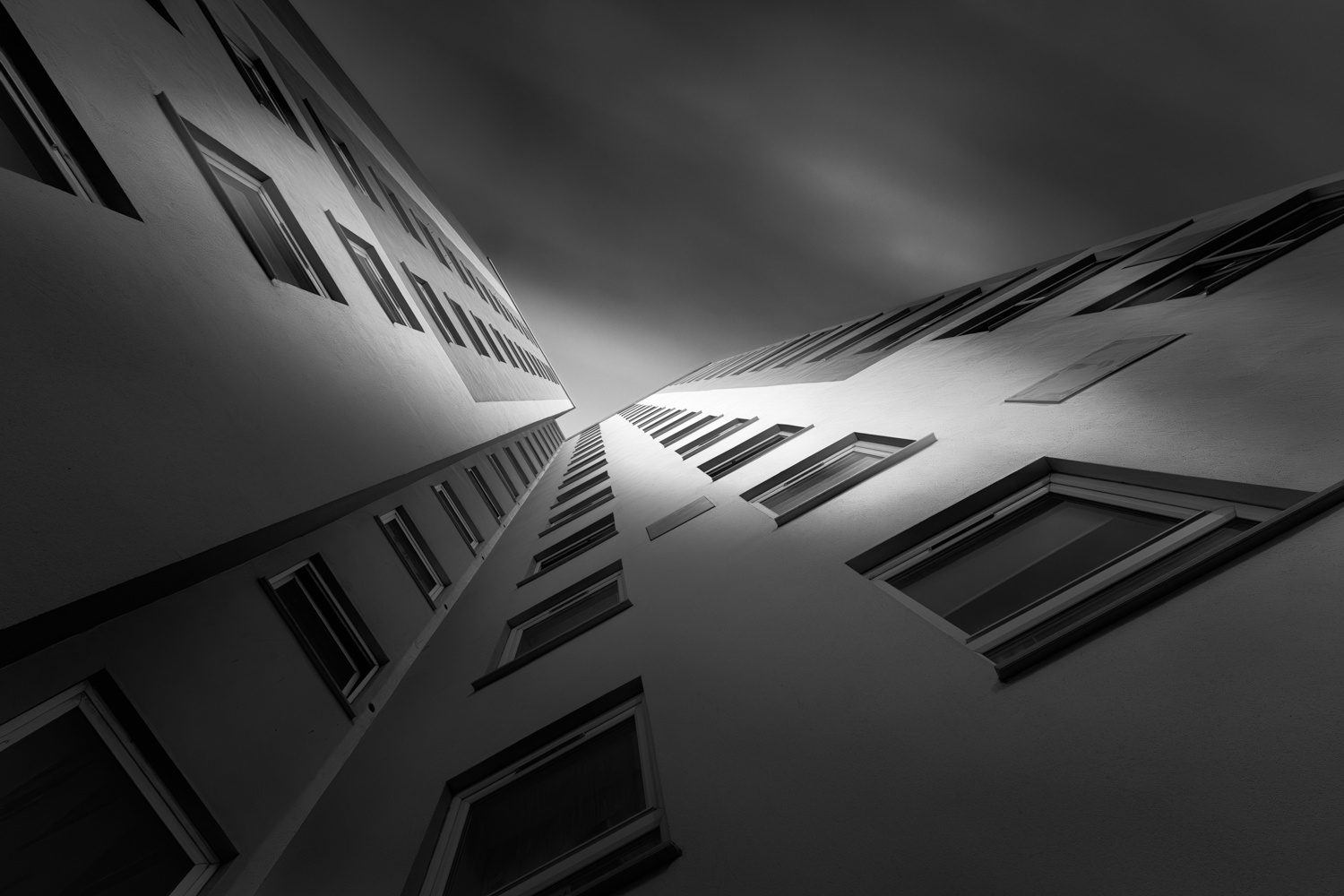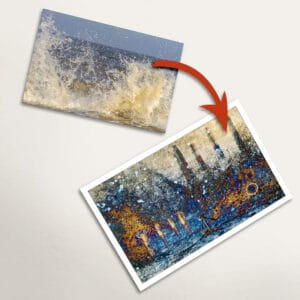The Art of Refining Your Frame
For years, we have all heard the same piece of advice echoed in camera clubs and online forums: the mark of a ‘real’ photographer is getting it perfectly right in the camera. Don’t crop, don’t reframe; compose flawlessly in the viewfinder. Anything else, we’re told, is a form of cheating. But I’m here to tell you that it’s time to let go of that fear. Cropping isn’t a sign of failure; it’s one of the most powerful creative tools at your disposal.
A Lesson from Photography’s Greats
If you look back through the annals of photographic history, you’ll find that cropping was never taboo. In fact, it was an integral part of the process for many masters of the craft. The contact sheets of legends like Henri Cartier-Bresson or Diane Arbus are filled with pencil marks, boxes, and instructions—frames within frames that isolated the heart of an image from the surrounding noise. For them, the camera was the starting point for their vision, not a cage that restricted it. Cropping was the final, crucial step in refining their artistic statement.
Where Did the Stigma Come From?
So why did this purist mindset take hold? In my opinion, much of it stems from the early days of digital photography. When camera sensors had low megapixel counts, an aggressive crop could mean sacrificing crucial sharpness, detail, and print quality. The practical solution was to preach discipline: “Fill the frame! Get it right in-camera!” This sensible advice slowly hardened into an unyielding dogma that many still cling to today.
Modern Cameras Set You Free
The brilliant news is that technology has moved on. Today, even entry-level cameras boast resolutions of 24 megapixels or more, giving you an incredible amount of flexibility. Medium format systems are now designed with digital cropping as a key feature. With all this resolution to spare, the old argument that cropping ‘weakens’ an image feels completely outdated. In reality, the opposite is true—it empowers you to create stronger, more impactful work by distilling a scene down to its most essential elements.
Think of it this way: the world rarely arranges itself into a perfect rectangle on demand. A stray branch, an unexpected passer-by, or a slightly off-centre horizon can disrupt even the most carefully planned shot. Cropping gives you the freedom to tighten your composition, eliminate distractions, and find the true rhythm hidden within your photograph. Refusing to crop isn’t purism; it’s creative paralysis.
Cropping as a Creative Choice
Perhaps it’s time we rethink our entire approach to the frame. Cropping should be seen as a natural part of the creative process, just as valid as adjusting exposure or contrast in post-production. It’s a tool for enhancing your vision, not correcting a mistake. This is especially true in genres like architectural photography, where refining lines and perspectives in post can turn a good shot into a stunning piece of art. For inspiration, look no further than the meticulously composed monochrome architecture prints available in my shop, where careful cropping plays a key role in celebrating the bold forms and dramatic lines of the built environment.
So, the next time you’re reviewing your images, don’t be afraid to experiment. Zoom in, change the aspect ratio, and play with new compositions. You might just discover a far stronger image waiting to be revealed. Embrace the crop—it’s not cheating, it’s creating.









3 Comments
Do you think there’s ever a situation where cropping can actually detract from a photo, or is it always a creative advantage?
I feel that the crop is first on the list of the creative process.
I agree, insofar as it being the first post processing step.
I would argue that the very first thing on the list of the whole creative process is the concept, even if the concept is as simple as “I want a picture of that colourful bird”.